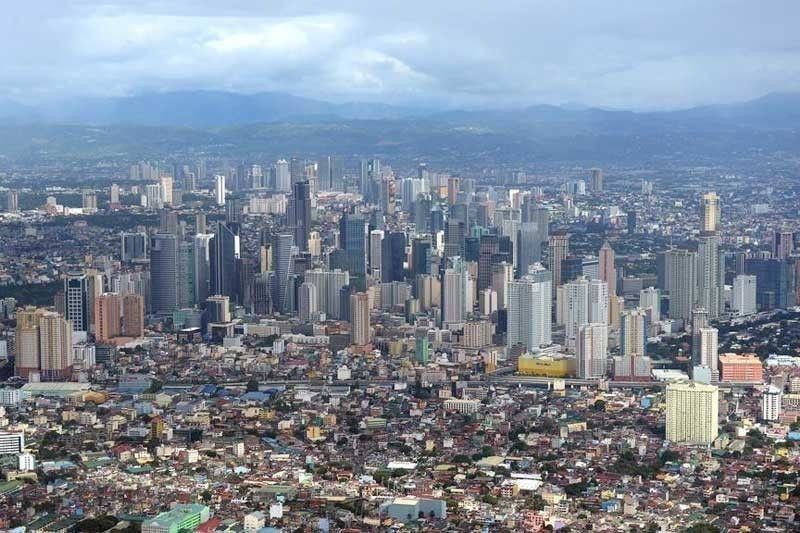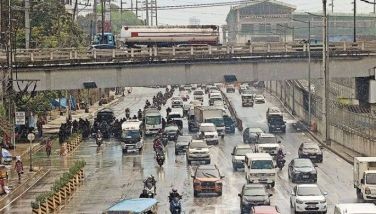Climate scientist pushes for safe high-rise buildings

MANILA, Philippines — One of the country’s leading climate scientists has urged local government units (LGUs) to be at the forefront of ensuring that high-rise structures are safe and would not pose a threat in case of typhoons and earthquakes.
Glenn Banaguas, executive director of De La Salle Araneta University’s Environmental and Climate Change Research Institute (ECCRI), said that LGUs should conduct due diligence on the structural integrity of buildings that have been adopted worldwide and implement the measures in their localities.
Banaguas cited China as an example, where they have implemented new reinforced bar or rebar standard rules, which also banned quenching and tempering of steel rebars.
According to an article by SP Global, the new rebar standard, which came into effect on Nov. 1, 2018 prevents water cooled bar disguised as hot rolled rebar from circulating in the market.
The changes in rebar regulations were triggered by the 2008 Sichuan earthquake that killed over 69,000 people and injured 374,176. The earthquake also rendered approximately 11 million people homeless.
Banaguas said that cities and municipalities have the power to approve or reject the construction of a high-rise structure in their respective jurisdictions if it does not adhere to the safety provisions specifically prescribed in the law.
He said that old infrastructure were based on the old national building code but there is a need now to incorporate the Climate Change Adaptation and Disaster Reduction and Management (CCA-DRRM) Strategies on the planning of structures.
Banaguas said what happened in Tacloban after Super Typhoon Yolanda hit the city and the entire Eastern Visayas in 2013 should serve as guide.
He said the LGUs should identify the most vulnerable areas and most at risk by checking the quality of buildings based on the National Climate Change Action Plan (NCCAP) that would make infrastructure climate proof.
Banaguas maintains that to avoid a repeat of the Yolanda disaster, high-rise structures nowadays should withstand more than 300 kilometer per hour winds.
To do this, LGUs should be strict in granting building permits. They should also be more cautious that only standard materials are used in the construction of high rises.
Banaguas says reports of prevalence of sub-standard steel in the market are a major concern.
“Generally, if there are some concerns on the methodology or process, it will be better to conduct more scientific tests and analyses,” Banaguas said.
To ensure the safety of existing quench tempered steel in the market, Banaguas says there is always a way to do it.
“It has to be tested more. It has to undergo a series of tests,” he added.
It was reported that after the 6.1 magnitude earthquake that struck last April 22, the Chuzon Supermarket that collapsed in Pampanga had used quench tempered rebars supplied by a local manufacturer.
Banaguas is an Outstanding Young Scientist of the Philippines conferred by the National Academy of Science and Technology.
- Latest
- Trending





























